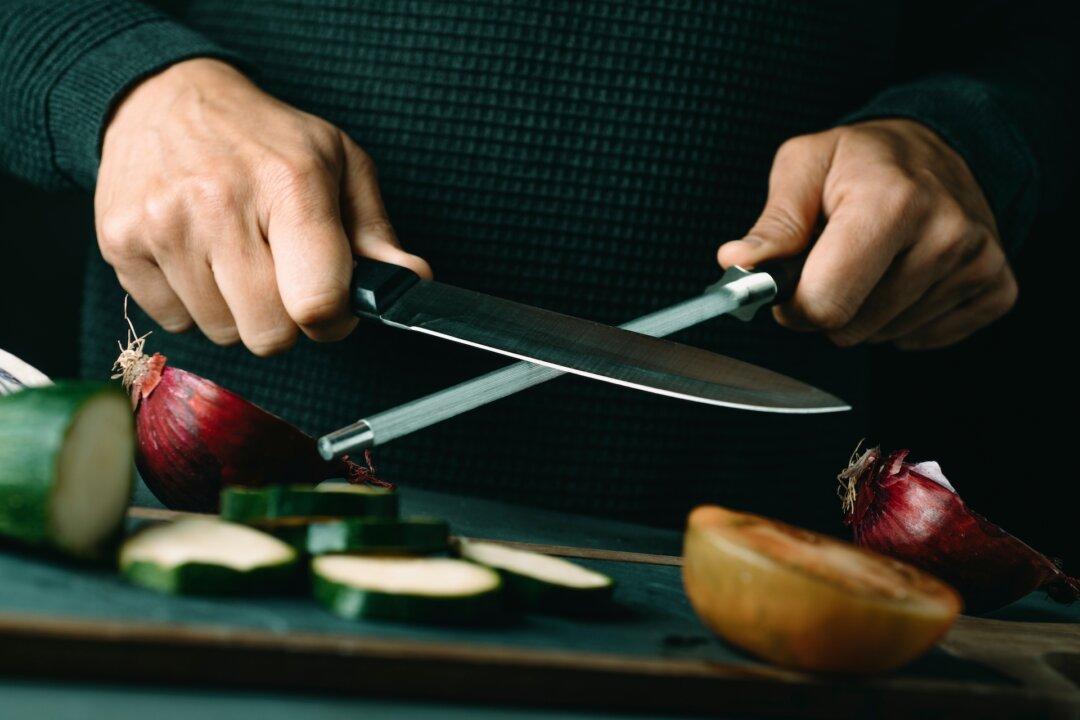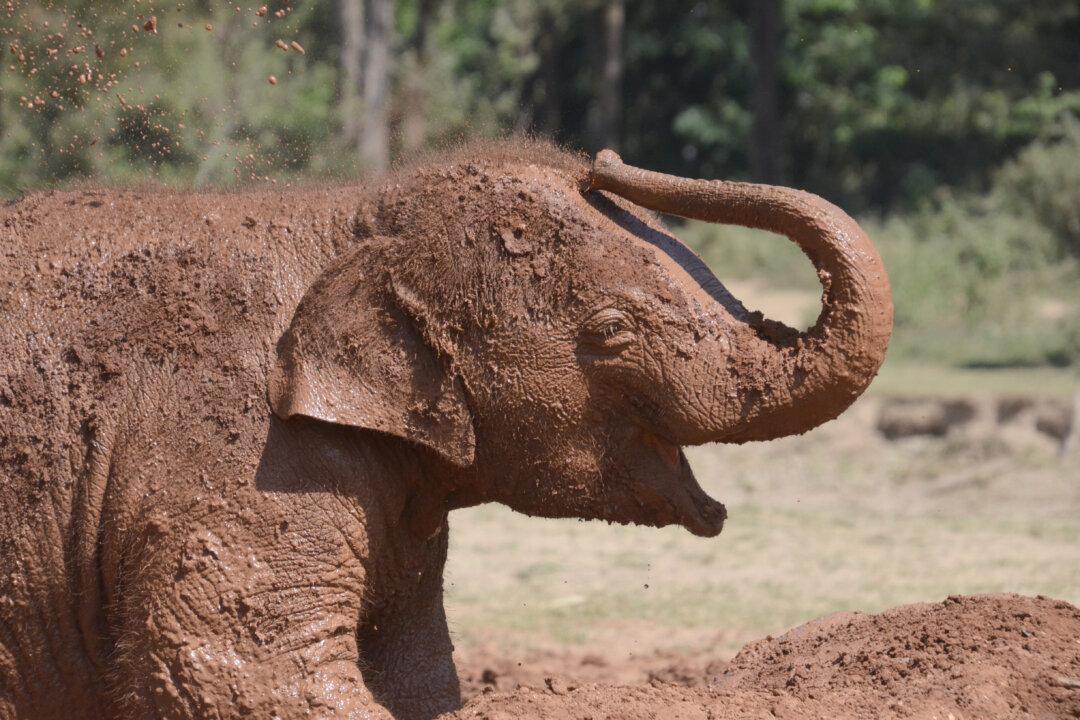As a writer, I am a sucker for historical hotels, but especially the haunts of iconic authors of old. Tell me Hemingway drank there or Melville stayed the night, and I will visit. So an “Authors’ Lounge” in a five-star hotel with a beautiful river view in the heart of Bangkok? This is not to be missed.
The Mandarin Oriental Bangkok is one of two flagship properties of the reputable hospitality company. The original hotel, then simply The Oriental, was the first modern luxury hotel in the Kingdom of Siam, in a 20-room building built in 1876 along the banks of the Chao Phraya River.

The Authors
From a Skytrain stop at Central Pier, I boarded the hotel’s ferry, a repurposed teak-wood rice barge that makes the little run, 1,500 feet upriver, frequently throughout the day. I stepped onto their private pier minutes later, and the first sight was that original hotel building, glaring white with green trim, now known as the Authors’ Wing of a much larger complex.Despite its history of being luxuriously fancy, by modern standards it probably wasn’t so spacious. Rooms featured running water, imported furnishings and detailing, and, starting in 1891, electricity, a rarity at that time. The Oriental became the first commercial property to be wired outside of the Royal Palace, and the Italian bronze statues with lamps that greet you on the river side are original.
Those smaller rooms of yore made way for two amazing suites for the well-heeled, including the Royal Suite, with 3,294 square feet of opulence and a five-digit price tag. But I was just here for tea.


Even non-guests can book high tea in the Author’s Lounge, under the black and white gazes of a couple of Thai kings, plus a litany of famous writers: Joseph Conrad, Graham Greene, Ian Fleming, Barbara Cartland, Noël Coward… I checked each framed photo as I walked the arcade around the central courtyard. A translucent ceiling kept the space bright but also protected from Thailand’s heat and potential mosquitoes, two things that W. Somerset Maugham groused about when he stayed here. (He was recovering from malaria so was probably not in the best of moods). John le Carré, who wrote most of his novel “The Honorable Schoolboy” at the hotel. Cartland may have penned several of hers here.
The Evolution of Luxury

The Oriental wasn’t the first property here; a basic guesthouse, primarily for seafarers, opened up on this plot of land in 1862, but then succumbed to fire three years later. Two Danish sea captains built a replacement, another modest boarding house, in 1876. A fellow Dane, 29-year-old Hans Niels Andersen, checked in here. He’d made his money in shipping teak to Europe and coal back to Asia. Having seen more modern properties in other Asian ports (E&O, Raffles), he saw a business opportunity. He bought the property from the partners and hired an Italian architect to upgrade the humble to the luxurious, creating Kingdom’s first modern hotel. The Oriental was born.
The work impressed His Majesty King Chulalongkorn (King Rama V) who personally inspected the hotel with the aim of housing royal guests there. Soon after he invited Crown Prince and soon-to-be Tsar Nicholas of Russia to stay here during his visit to the Kingdom.
Decades later, the Japanese military leased it as an officer’s club during World War II, and then Allied prisoners of war stayed there after the surrender. (They ended up trashing the place thinking the Japanese owned it.) A momentary setback. A group of Thai and foreign partners each put in $250 to obtain the hotel and bring it back to glory. One was Prince Bhanubandhu Yugala, a Thai director and grandson to King Rama V, and another was the American former intelligence officer, Jim Thompson, now better known for his help reviving the Thai silk industry.
In 1958 the Oriental completed the 10-story Garden Wing, featuring Bangkok’s first elevator, and opened a French restaurant, Le Normandie, which even today boasts two Michelin stars. And in 1976 the River Wing opened for the hotel’s centennial.
The finest suites in that wing are named for famous guests, and tricked out with particular authors’ artifacts: The Cartland Suite is done up all in pink, the author’s favorite color and has her personal tea service in a glass display case. The view is fantastic. But even the entry-level Deluxe Premier Rooms all include a river view.




A trip to the spa is another ferry ride, this across the river to a restored teak house, as is a visit to the Thai cooking school for a day class. But that night, I dined riverside with friends, on The Verandah from a menu featuring international dishes as well as upscale treatments of Thai cuisine. As the sun faded, the lights on the boats and the high rises across the water came on. The heat relented and a breeze swept along the terrace.
Our final stop for the night was The Bamboo Room. Opened in 1953 as the city’s original jazz bar, it featured artists flown in from overseas, and now provides residencies for top-notch regional artists. The music began, I looked through a long list of whiskies, gins, and assorted cocktails, and wondered what Graham Greene would have ordered.





